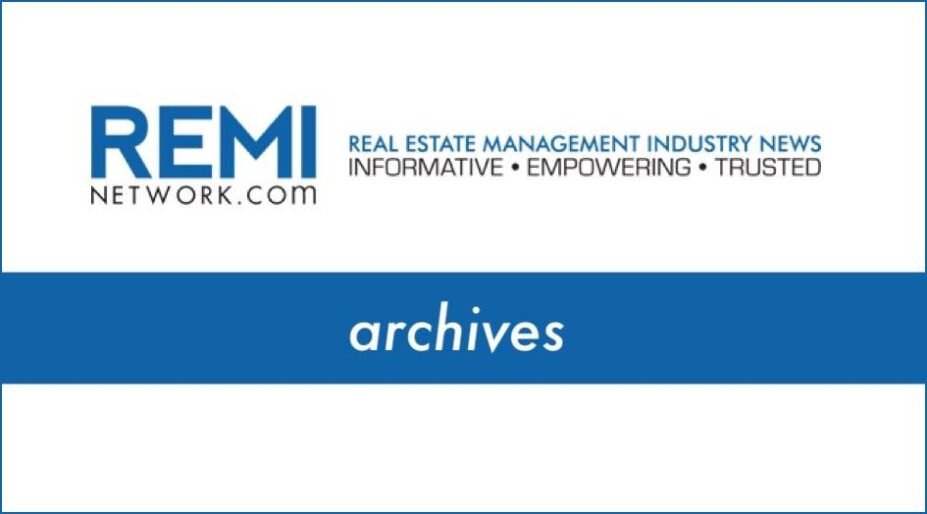Project proponents now have a COVID-19-related deadline extension to complete energy efficiency upgrades in compliance with the rules of Ontario’s conservation framework. Earlier this summer, Minister of Energy, Northern Development and Mines Greg Rickford and Associate Energy Minister Bill Walker issued a joint-directive to provide an extra six months, until June 30, 2021, for previously approved applicants to submit proof that work has been completed and claim their incentives.
The directive recognizes the uncontrollable delays, such as this spring’s mandatory closures of non-essential construction projects and other impediments to delivery of needed equipment, that some project proponents have encountered. “These extensions are intended to offset the disruptions caused by COVID-19 and provide stability for participants and those businesses involved in the supply chain, vendor and contractor community that support implementation of (conservation) projects,” it affirms.
Meanwhile, Ministry officials are asking for input on the next round of energy-saving initiatives, scheduled to begin January 1, 2021. All interested parties are invited to submit comments on proposed objectives and supporting programs for the 2021-2024 conservation and demand management (CDM) framework, currently posted on Ontario’s Environmental Registry.
As outlined, the Independent Electricity System Operator (IESO) will continue to administer a slate of programs aimed at reducing peak energy demand and maintaining the electricity system capacity necessary to see the province through the post-pandemic recovery period and accommodate future growth. It’s estimated that the 2019-20 interim CDM framework — implemented in March 2019 as a scaled-down replacement of the previous government’s Conservation First Framework — has delivered savings at an average cost of 2 cents per kilowatt-hour (kWh).
“It is the most cost-effective resource to help meet the province’s energy needs,” the preamble to the proposed CDM measures acknowledges. “CDM programs defer or offset the need for new power plants and transmission lines, improving energy efficiency and reducing the strain on the electricity system. They are also an important contributor to the economy in Ontario, employing a network of suppliers, channel partners and contractors involved in program delivery.”
Residential consumption is identified as a primary concern and opportunity for the 2021-24 period. “Recognizing the wide availability of cost-effective residential energy efficient products, this Framework would focus on providing education and tools for residential customers to empower them to improve their energy efficiency,” the proposal states.
Pilot energy efficiency auction
Beyond that, there would be a continued emphasis on reducing system-wide peak demand and finding savings within local systems. A proposed energy efficiency auction is also highlighted as an initiative distinct from, but complementary to, the CDM framework — and would likely capture players in the commercial and institutional real estate sectors, along with the local distribution companies (LDCs) that drove CDM efforts under the previous government’s tenure.
The IESO recently released the final design for a pending $5-million pilot to procure 13 megawatts (MW) of permanent demand reduction through a competitive bid process, which calls on prospective participants to submit pledged energy efficiency capacity and an associated price per kWh. This will be scoped to two separate seasonal periods: Nov. 1, 2022 to Feb. 28, 2023; and June 1 to Aug. 31, 2023.
The auction is set for March 2021. Selected bidders will have to meet rigorous measurement and verification standards, and the IESO will render the capacity payments only after it’s proven they have achieved targeted energy savings during the designated periods.
The pilot is intended to assess how well and/or how willing various sectors are positioned to participate, and whether the price-point for energy efficiency could be lowered through a competitive process. Large customers, gas and electricity utilities, energy efficiency program delivery consultants, demand response aggregators and energy services companies are tagged as the most likely participants.
“The results of this pilot are intended to be used to help inform future opportunities for CDM to cost-effectively meet system needs through competitive mechanisms,” the proposed 2021-24 CDM framework reiterates.
The pilot’s scheduling also aligns with the forecast for an uptick in energy demand and an expected increase in CDM investments in 2023-24. However, large customers participating in the energy efficiency auction will be ineligible for other provincially funded incentives that would contribute to the delivery of their energy efficiency capacity. They would still qualify for the Industrial Conservation Initiative program.
Focus on residential programs
Given the scoped period and the $5 million cap on funds available through the pilot auction, most electricity consumers will continue to look to conventional energy efficiency incentives, at least for the duration of the next CDM framework. Six types of programs are proposed:
- Programs that incentivize whole-building electricity savings, reduction of peak demand and businesses’ energy management capacity;
- Programs that target local/regional needs, procured through a competitive process;
- Customer-driven solutions for larger/complex projects;
- Customer-friendly and direct-install programs with standardized measures, including programs for small businesses;
- Programs for on-reserve First Nations communities, including for remote communities soon to be connected to the provincial electricity grid; and
- A program for income-eligible households that would provide energy saving measures and installation of measures at no cost to the participant.
Some would be simple continuations of currently available programs. Others would “target system needs as they arise” and/or be phased in over time. Programs would be reviewed after 2022, at the midterm of the framework.
Comments on the proposed measures will be accepted until August 22.









